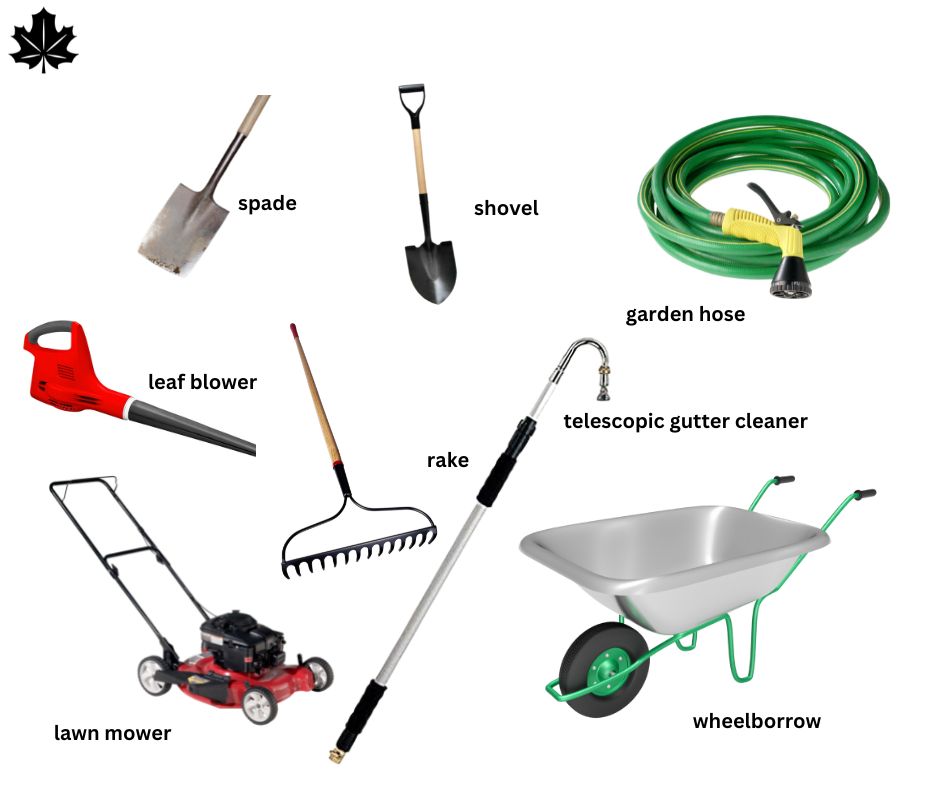Phone
(773) 257-3147


Winter clean-up has always been a favorite seasonal ritual of mine. There's something deeply satisfying about tidying up the yard, knowing it will help everything come back stronger in the spring. Here’s what I do every year to get my outdoor space winter-ready:
📍 Serving: Chicago & surrounding suburbs • 📞 (773) 257-3147 • 🌐 606landsnow.com
Mulch is any material spread over the ground in a landscape setting. It is beneficial at any time of year. Still, it is helpful in the winter when cold winds and icy rains can damage your garden. This guide shows you how to prepare your plants for cold weather by mulching them with the best materials.
Getting your garden ready for winter means minimizing damage to plants by making them more resistant to cold. Mulch does this by putting a layer of insulation over your flower beds and vegetable garden.
Winter is the best time to mulch because your garden has fewer plants and weeds. It's the end of the growing season for many flowers and vegetables, so now is the perfect time to protect and improve the soil in your garden for next spring.
The Clemson Home & Garden Information Center suggests the following things to use as organic mulch:
Now that you know all about mulch, it's time for step-by-step instructions on how to use it in your garden. The process only has a few steps. Here's how to do it.
Before you put mulch on your flower beds, you need to get rid of old trash and dead plants. After you get rid of the old plants, pull out any weeds. The best thing to do is get rid of weeds in your garden before putting down mulch. If you want to add new mulch to a natural area near your home, remove the old mulch and edge the garden to make a clear line between the grass and the garden bed.
Now is the time to put new mulch in your garden. We recommend placing the mulch in a wheelbarrow so it is easy to move to different parts of your garden. Then you can shovel the mulch out of the wheelbarrow and into small piles around the beds.
Spread the mulch out evenly across the ground with your hands. Keep adding the material until your garden beds have a 2- to 3-inch layer of mulch.
Your garden is now ready for the winter. The mulch gives your landscape what it needs to survive the winter and grow well in the spring.
Remember to do the same thing with your garden when you get rid of your winter clothes in the spring. Take away some of the mulch. Add it to your compost pile to keep the cycle going of making healthy organic fertilizer for your plants.
Rain gutters protect your home's landscaping. They also keep the foundation of your home from getting damaged. But when leaves, sticks, and other things get stuck in gutters, it can cause clogs that let water seep under the roof and into the foundation.
Ice dams are one of the most common dangers of heavy snowstorms. When water builds up behind the ice dam and seeps under the roofing materials, it can cause leaks and other costly damage.
That's why cleaning your gutters and keeping them clean all year is essential.

Here at 606 Land and Snow, we offer professional gutter cleaning and mulching services in Cook County, Chicago, IL 60647, 60657, 60618, 60642, 60622 and 60614
Fill out our online form or call us at (773) 257-3147.
We hope this guide helps you understand the importance of mulching, gutter cleaning, and the simple steps that offer your garden some winter protection.
I used to think fallen leaves were pretty, but after seeing how they can suffocate the grass, I now make it a habit to rake them up regularly. Plus, there's nothing like the crunch underfoot as you work your way across the lawn!
I learned the hard way that overgrown branches can cause trouble in the winter. So, I always trim back shrubs and perennials, careful not to overdo it, to keep everything healthy and ready for the cold.
Clearing out the old plants and weeds from my garden beds feels like tucking them in for a long nap. A fresh layer of mulch adds a cozy blanket that keeps the soil and roots protected.
Provide us with the images of the site so we can assess the scope of work and provide an accurate estimate for removal and restoration services.
After years of neglecting my tools and dealing with rusted blades, I’ve finally learned to clean and store them properly. It’s a small step that makes a big difference when spring rolls around.
There’s a certain peace that comes with a well-prepped yard through winter. It’s like wrapping up the season with a bow, knowing your hard work now will lead to a beautiful spring revival.